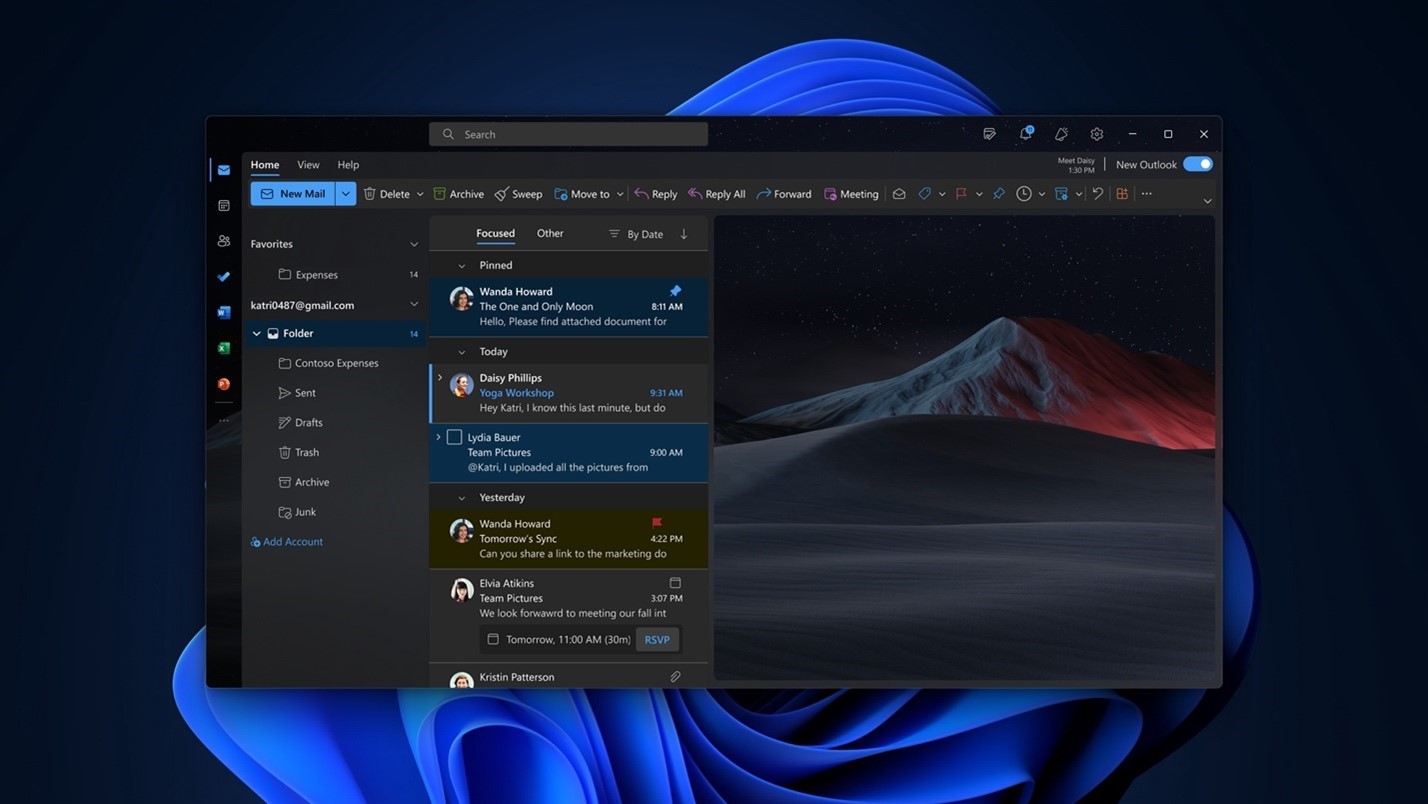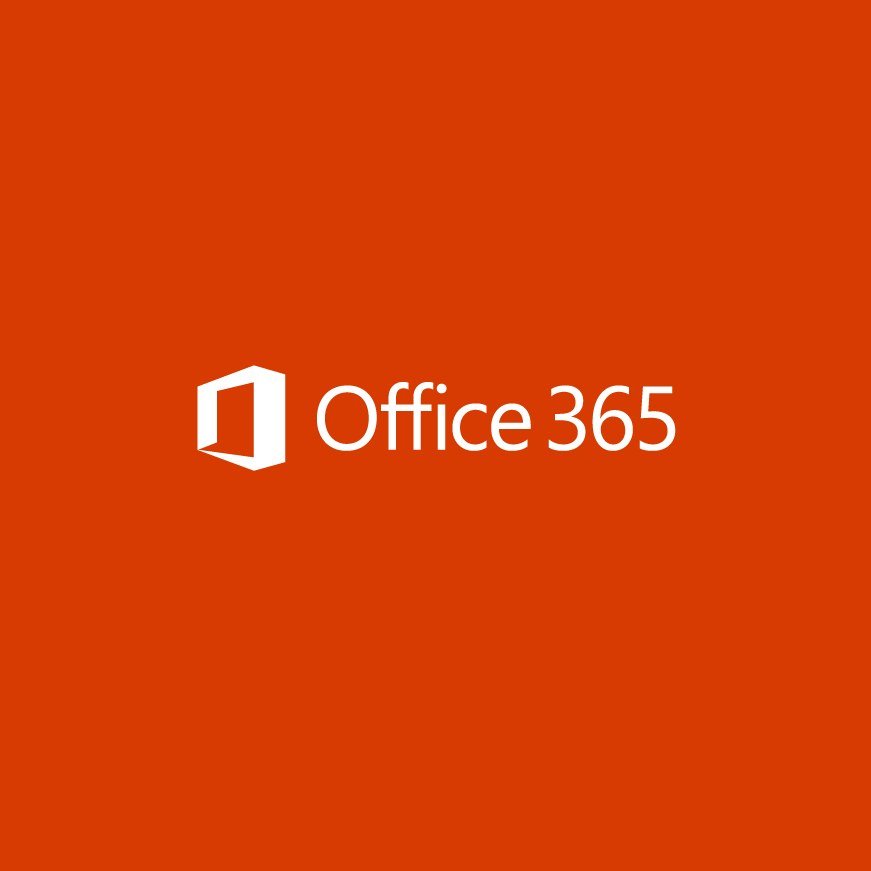
Sit in my DeLorean, and let me take you for a ride. It is the summer of 2005, and Zimbra Collaboration Suite was just released. It promises to migrate your Microsoft Exchange-powered e-mail and calendar to more affordable server software while maintaining compatibility. Microsoft Exchange is very important in business, and many companies default to it. Many companies don't trust external servers (cloud services), and they have it as company policy to host all servers on-premise. But sometimes expenses are optimized, and compromises are being made. I say compromise because Zimbra doesn't really have an answer to Microsoft Outlook, so although you might have saved money by switching Microsoft Exchange Server with Zimbra, you still need to purchase Microsoft Office or Microsoft 365 to get access to Microsoft Outlook desktop software which all your users come to expect on their computers.
I have been working with system integrator companies for 20 years, and in all my professional life, I have seen sys admins attempting to replace Microsoft Outlook, and failing, so many times that I have lost count. The key takeaway is that users are used to it. They do not want an alternative, which places Microsoft in a cozy position.
There was no competition until now.
Microsoft recently started replacing the Windows built-in Mail and Calendar apps with the New Outlook app, which we previously reported on under the codename 'Project Monarch.' The New Outlook app is essentially the web version hosted on outlook.com. It packs the web code into a desktop installable format and runs on the Edge WebView 2 engine.
The good thing is that Windows Mail and Callendar are neglected and terrible apps, so replacing them with anything actively maintained is a good thing.
But sometime in April 2023, Microsoft started pushing an option to Microsoft 365 users to switch their desktop Outlook programs to the New Outlook as well. This has been optional for Insiders for a while, but now everyone gets a taste of the New Outlook. One of the key benefits appears to be full support for 3rd party e-mail and calendars, such as the very popular GMail. No doubt that many home users will welcome this option, but if Microsoft 365, which shares its code base with perpetually licensed Microsoft Office packages, loses Outlook, this will be one less reason for Microsoft to keep improving it.
I would not be surprised if the next version of Microsoft Office will no longer have the desktop Outlook program bundled.
One of the bigger reasons replacing the traditional desktop Outlook is a bad idea is that the new one doesn't support on-premise Microsoft Exchange. The other one is the story above. Users don't want change, and businesses might stop purchasing newer versions of Microsoft Office if it doesn't come bundled with traditional Outlook.
From our reporting, we understand Microsoft's long-term goal is to replace all the Outlook clients (Outlook Web, Outlook (Win32) for Windows, Outlook for Mac, and Mail & Calendar on Windows 10) with this one WebView 2 version. But how Microsoft gets to feature-completeness for longtime Outlook desktop users could be a bumpy ride, akin to Microsoft's confusing OneNote strategy (which is now back on the right track).
Let's hope it gets this strategy right. At least for now, it's a good thing the new Outlook client is only an option.

Microsoft 365 gives you full access to all the Office apps and perks, such as 1TB OneDrive storage and Skype minutes. You can also install Word, Excel, PowerPoint, Outlook, and other apps on up to five devices, and depending on the subscription, you can share the account with up to five people.







